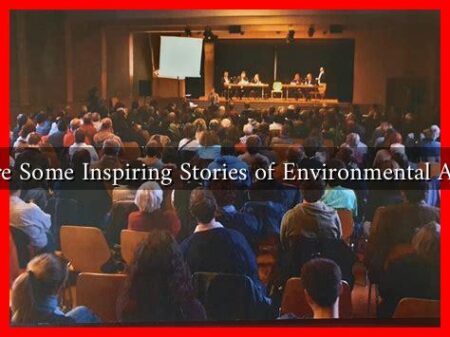-
Table of Contents
What Is the Earthquake Risk in Lebanon?
Lebanon, a small yet historically rich country in the Middle East, is situated in a seismically active region. The risk of earthquakes in Lebanon is a significant concern for its residents, infrastructure, and economy. This article delves into the factors contributing to earthquake risk in Lebanon, historical earthquake events, and the measures being taken to mitigate this risk.
Understanding Lebanon’s Geological Context
Lebanon is located at the intersection of the Arabian and Eurasian tectonic plates. This positioning makes it susceptible to seismic activity. The primary fault line affecting Lebanon is the Dead Sea Transform Fault, which runs along the eastern border of the country.
. The geological features of Lebanon can be summarized as follows:
- Tectonic Plates: The collision and movement of the Arabian and Eurasian plates create stress in the Earth’s crust.
- Fault Lines: The Dead Sea Transform Fault is the most significant, with several smaller faults also contributing to seismic risk.
- Historical Seismic Activity: Lebanon has a history of significant earthquakes, indicating a pattern of seismic risk.
Historical Earthquakes in Lebanon
Lebanon has experienced several notable earthquakes throughout its history. Some of the most significant events include:
- 1759 Earthquake: This earthquake, estimated to have a magnitude of 7.5, caused widespread destruction in Beirut and surrounding areas.
- 1837 Galilee Earthquake: Although centered in Galilee, this earthquake was felt strongly in Lebanon, causing significant damage.
- 1995 Qana Earthquake: A magnitude 5.8 earthquake struck near the southern town of Qana, resulting in casualties and damage to infrastructure.
These historical events highlight the potential for future seismic activity and the need for preparedness.
Current Earthquake Risk Assessment
According to the Lebanese National Center for Geophysics, Lebanon is classified as a region of moderate to high seismic risk. The risk assessment considers various factors, including:
- Population Density: Urban areas, particularly Beirut, are densely populated, increasing the potential for casualties and damage.
- Infrastructure Vulnerability: Many buildings in Lebanon do not adhere to modern seismic codes, making them susceptible to collapse during an earthquake.
- Preparedness Levels: Public awareness and preparedness for earthquakes are generally low, which can exacerbate the impact of seismic events.
Mitigation Efforts and Preparedness
In response to the earthquake risk, various initiatives have been implemented to enhance preparedness and resilience:
- Building Codes: The Lebanese government has begun enforcing stricter building codes to ensure that new constructions can withstand seismic activity.
- Public Awareness Campaigns: Organizations like the Lebanese Red Cross conduct training and awareness programs to educate the public about earthquake preparedness.
- Seismic Monitoring: The establishment of seismic monitoring stations helps in early detection and assessment of seismic activity.
Despite these efforts, challenges remain, particularly in retrofitting older buildings and increasing public awareness about earthquake preparedness.
Conclusion
The earthquake risk in Lebanon is a pressing concern due to its geological setting and historical seismic activity. While significant strides have been made in terms of building codes and public awareness, the country still faces challenges in mitigating the impact of potential earthquakes. As Lebanon continues to develop, it is crucial for both the government and citizens to prioritize earthquake preparedness to safeguard lives and infrastructure. For more information on earthquake preparedness, you can visit the Red Cross website.





